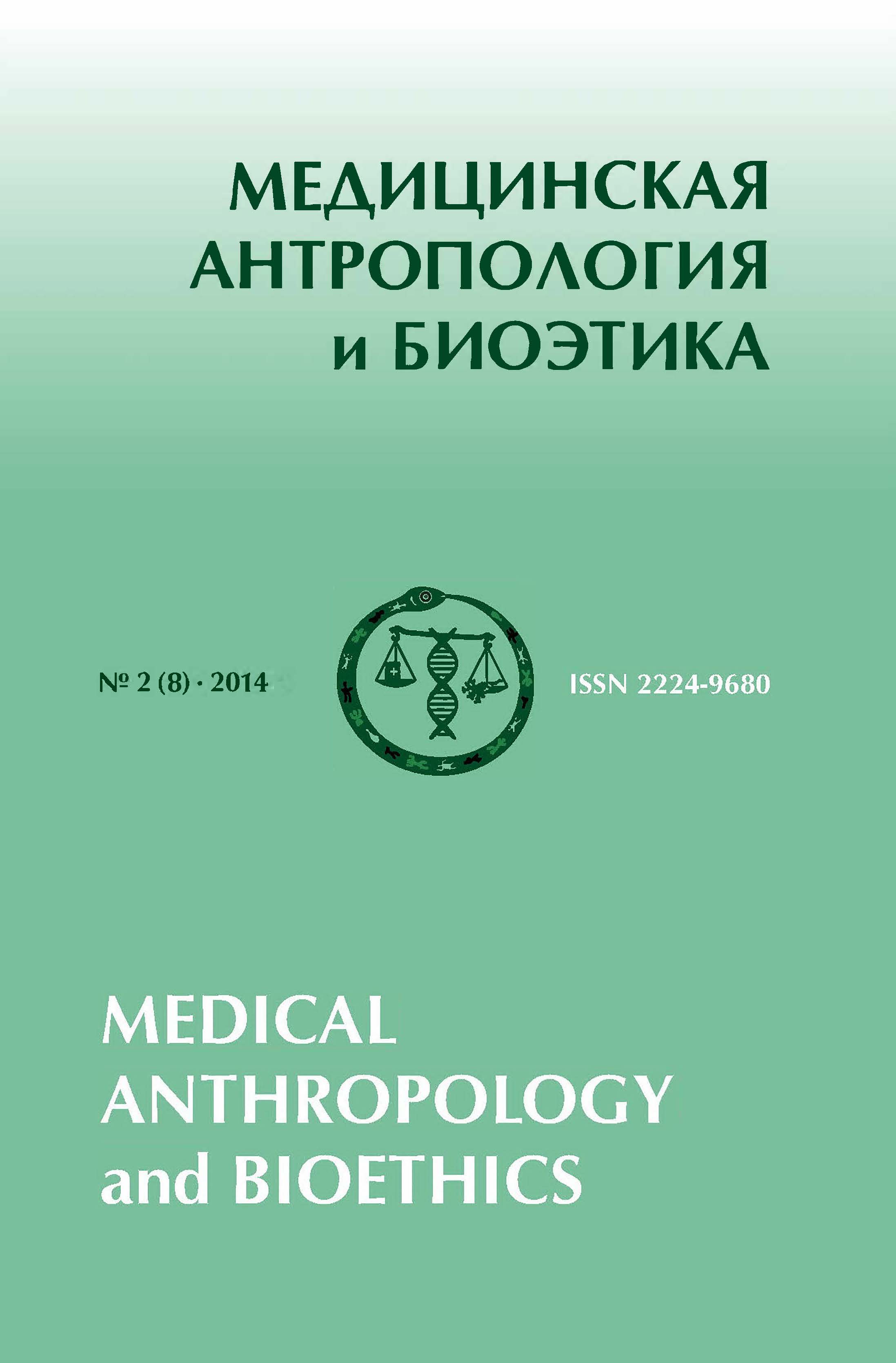БУДДИЙСКИЕ ОБРЯДЫ ИЗГНАНИЯ ЗЛЫХ ДУХОВ И БУДДИЙСКИЕ МЕДИЦИНСКИЕ ТРАКТАТЫ В РАННЕСРЕДНЕВЕКОВОЙ ЯПОНИИ
Ключевые слова:
Средневековая Япония, экзорцизм, культ злых духов, буддийские трактаты, китайские медицинские теорииАннотация
В статье рассматриваются медицинские трактаты, направленные на улучшение жизни и укрепления долголетия, составленные буддийскими монахами в раннесредневековой Японии, в первую очередь Chōseiryōyōhō и Kissayōjōki. Эти тексты проливают свет на многие аспекты средневековой японской религиозной жизни. Во-первых, они открывают путь исследования взаимосвязи медицинского и религиозного знания, так как теории о долголетии и о процессах старения были основаны на фундаментальных представлениях как о структуре органов, так и о характере духовных сил, способных их оживлять. К началу периода Хэйан (794 – 1185) в японской культуре сложился культ «злых духов живых и мертвых». Ритуалы их усмирения (яп. тинкон) были составным элементом внутренней политики государства. Прежде всего, это касалось вредоносных духов знатных особ, умерших в результате политических интриг. Ритуалы очищения и изгнания нечистой силы проводились также для лечения заболеваний. Сравнение различных видов практик, изложенных в этих текстах, дает конкретные примеры способов, с помощью которых буддийские священники и врачи комбинировали китайские медицинские теории со знанием, почерпнутым из буддийских трактатов. Оно проливает свет на различные концептуализации тела, которые возникли на пересечении традиций.

